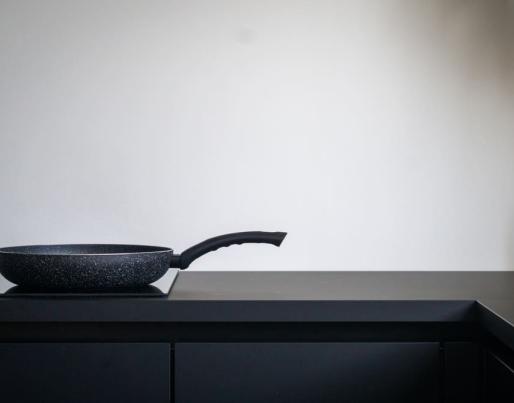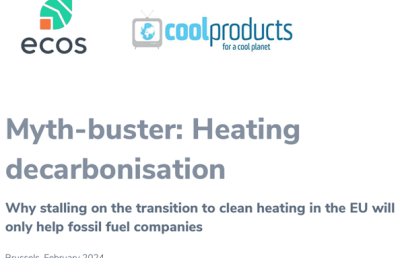Reducing pollutant emissions with smart IAQ control

Reducing pollutant emissions with smart IAQ control
Can cooking and cleaning pollutant emissions be reduced thanks to automated indoor air quality (IAQ)? The recent study "Perceived air quality and satisfaction during implementation of an automated indoor air quality monitoring and control system" published in Building & Environment explores the impact of IAQ monitoring and control systems on perceived air quality and occupant satisfaction.
The study, conducted in a one-bedroom apartment with 14 participants, compared two conditions: the Advanced Control Condition and the Standard Control Condition. Results showed that the Advanced Control Condition led to an impressive 20% reduction in PM2.5 concentrations during cooking compared to the Standard Control Condition, highlighting its potential in reducing indoor air pollutants from cooking activities.
Surprisingly, despite the lower PM2.5 levels in the Advanced Control Condition, participants reported similar IAQ satisfaction, perception, and preferences in both conditions. This suggests that while lower pollutant levels are essential, occupant satisfaction may not always directly correlate with these reductions.
A critical finding was the "complaint threshold." Participants tended to complain about IAQ when PM2.5 concentrations exceeded around 80 μg/m³ but made few complaints when levels were below 60 μg/m³. These insights show the need to not only lower pollutant levels but also ensure occupants perceive improvements in air quality.
1-s2.0-S0360132323007400-main.pdf
English (4.09 MB - PDF)

